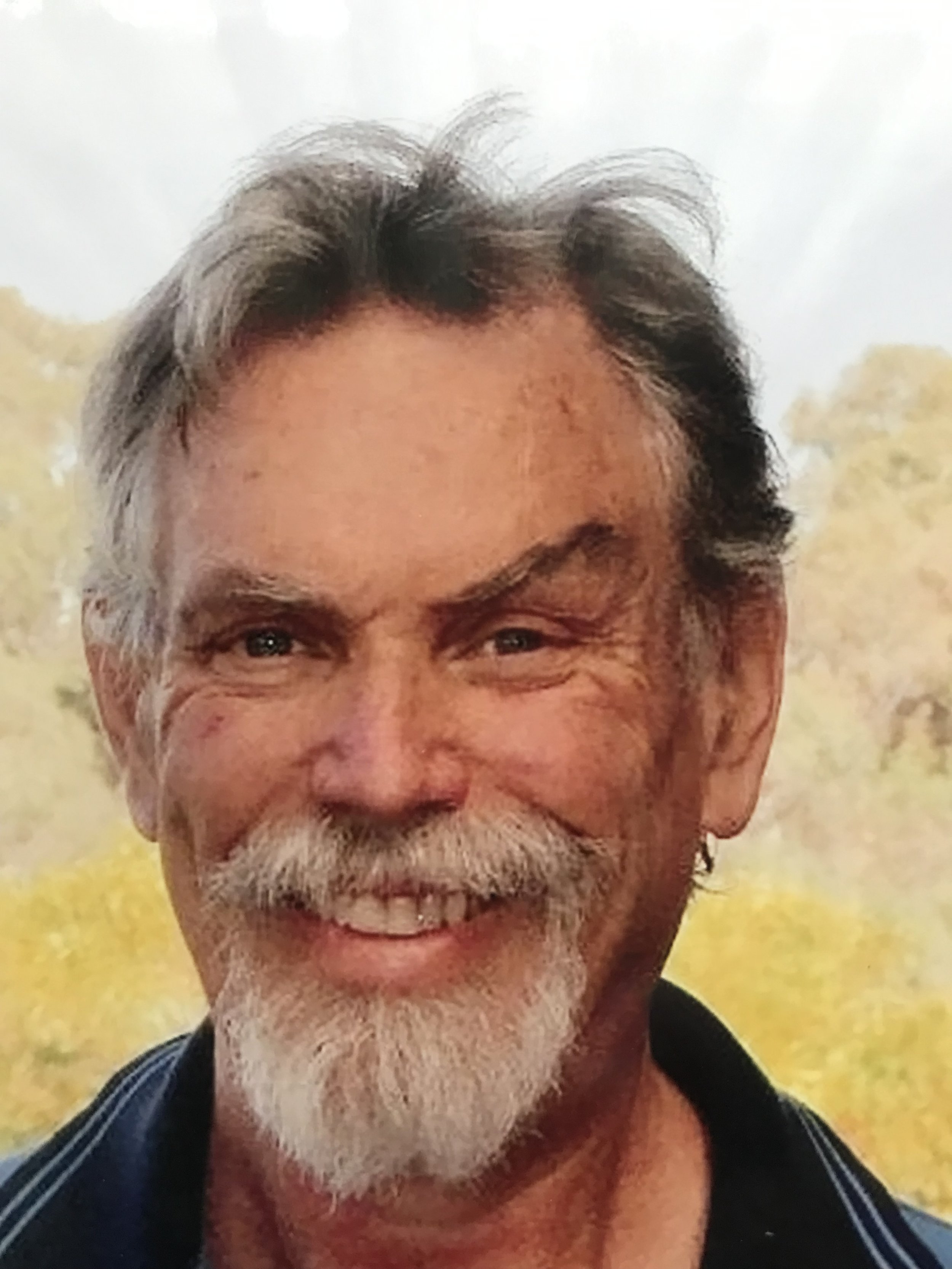
Christopher Seaborn
Born in Sussex, England in 1954, Chris emigrated to Adelaide, Australia with his parents and siblings in 1960. He received a public-school education and graduated from Adelaide Technical High School (now Glenunga International High School) in 1971 from where he undertook and completed a Bachelor of Science at The University of Adelaide (1972-1974) majoring in Organic Chemistry and Biochemistry.
After a brief period of temporary employment (1975) as a Research Officer in The Organic Chemistry Department at The University of Adelaide under the supervision of Dr John Turner, Chris was able to obtain permanent employment, initially as a Technical Officer and subsequently as a Medical Scientist in the Endocrinology Laboratory at The Queen Elizabeth Hospital (TQEH), starting in February 1976.
His initial work was as a synthetic organic chemist working on the heavy isotope labelling of steroid compounds as a means of developing Gas Chromatography-Mass Spectrometry analysis methodologies for these in biological fluids. Subsequently, other projects involved the synthesis of haptens to bind to antigens working towards the development of new radio-immuno-assays for melatonin and other biological agents of interest.
Later, a dedicated scientific analytical laboratory was established by Chris’s then supervisor, Dr George Phillipov (PhD) and this was embedded and expanded into the newly revitalised Endocrinology & Diabetes Department under the direction of Dr Patrick Phillips. The aim of this was to create a specialised laboratory to cater for the clinical needs of specialist clinicians and their diabetic and endocrine-disorder patients. This involved the development and implementation of a range of laboratory assays and tests relevant to these needs and the provision of various outpatient and inpatient services, especially in the field of quality control and monitoring but also in relation to ante-natal testing for gestational diabetes and in-situ blood glucose measurement for diabetic outpatients and inpatients.
In 2004, Chris established a new outreach Bone Densitometry service at The Lyell McEwin Hospital (LMH) in Elizabeth Vale, which was lacking this capacity. Initially, the original Lunar DPX+ densitometer at TQEH was relocated to LMH and a new GE Lunar Prodigy densitometer was brought into service at TQEH. Subsequently, the Lunar DPX at LMH was replaced with a GE Lunar Prodigy in 2010. Chris ran the LMH Bone Density Service two days per week, and three days at TQEH, until his “retirement“ from full time work in December 2015.
In 2016 a replacement state-of-the-art GE Lunar iDXA Bone Densitometer with increased patient size capacity and ability to measure Trabecular Bone Score (TBS), a measure of bone micro-architectural quality, was commissioned. This new equipment has extended Body Composition technology, which allows the measurement of Visceral Adipose Tissue (VAT) and Subcutaneous Adipose Tissue (SAT) as well as other advanced Body Composition measurements. This equipment can assess thoraco-lumbar vertebral morphometry which can detect the presence of vertebral fractures. It can also detect a marker of risk for atypical femoral fracture.
In 1987, the lack of an in-situ Bone Densitometry Service at TQEH led Dr Phillips to initiate the establishment of a new service to be embedded in the Endocrinology & Diabetes Department. This task was undertaken by Endocrinology & Diabetes Laboratory (EDL) staff under the direction of Dr George Phillipov and involved initial training, scientific study and licencing to establish a skill base capable of providing a high standard routine clinical diagnostic service. Initial equipment for this was a Forearm single photon absorptiometry (SPA) Bone Densitometer (Molsgaard) and this was in routine service from 1987 until 1994 when, with the advent of the more sophisticated Dual X-ray Absorptiometry (DXA) methodology, the service was expanded and transitioned to new equipment (Lunar DPX+) in collaboration with staff from the hospital’s Nuclear Medicine Department, headed by Dr Chris Rowe and subsequently by Dr Steven Unger. The new equipment also brought online the capacity to measure Body Composition as well as Bone Density. By this stage, the service at TQEH was meeting workloads that necessitated a full-time service and beyond, with Chris as the scientific manager.
Around this time, significant rationalisation of laboratory services driven by policies of the government of the day led to the relocation of all laboratory services provided by the EDL to centralised pathology laboratories with the loss of most scientific and technical EDL staff by redundancy or retirement. The only ongoing clinical service left after this rationalisation was the Bone Densitometry service.
After a break of six months, Chris returned to part-time work only at TQEH three days per week and continues in this role to this day. With the retirement of Dr Phillips around 2009, this service is continuing under the clinical direction of the former head of Unit, Endocrinology, Dr David Jesudason. David is now Medical Head of Specialty Medicine 2 Stream, Central Adelaide Local Health Network and Clinical Associate Professor, School of Medicine, The University of Adelaide and acts as the medical provider of our service. Dr Kirsten Campbell is now Head of Unit, Endocrinology and Chris’s direct supervisor. Chris has had the ongoing support of his reliable, professional and very dedicated Medical Scientist co-worker Mrs Erica Robinson for well over twenty years. Chris values highly this very effective and enduring working relationship.




